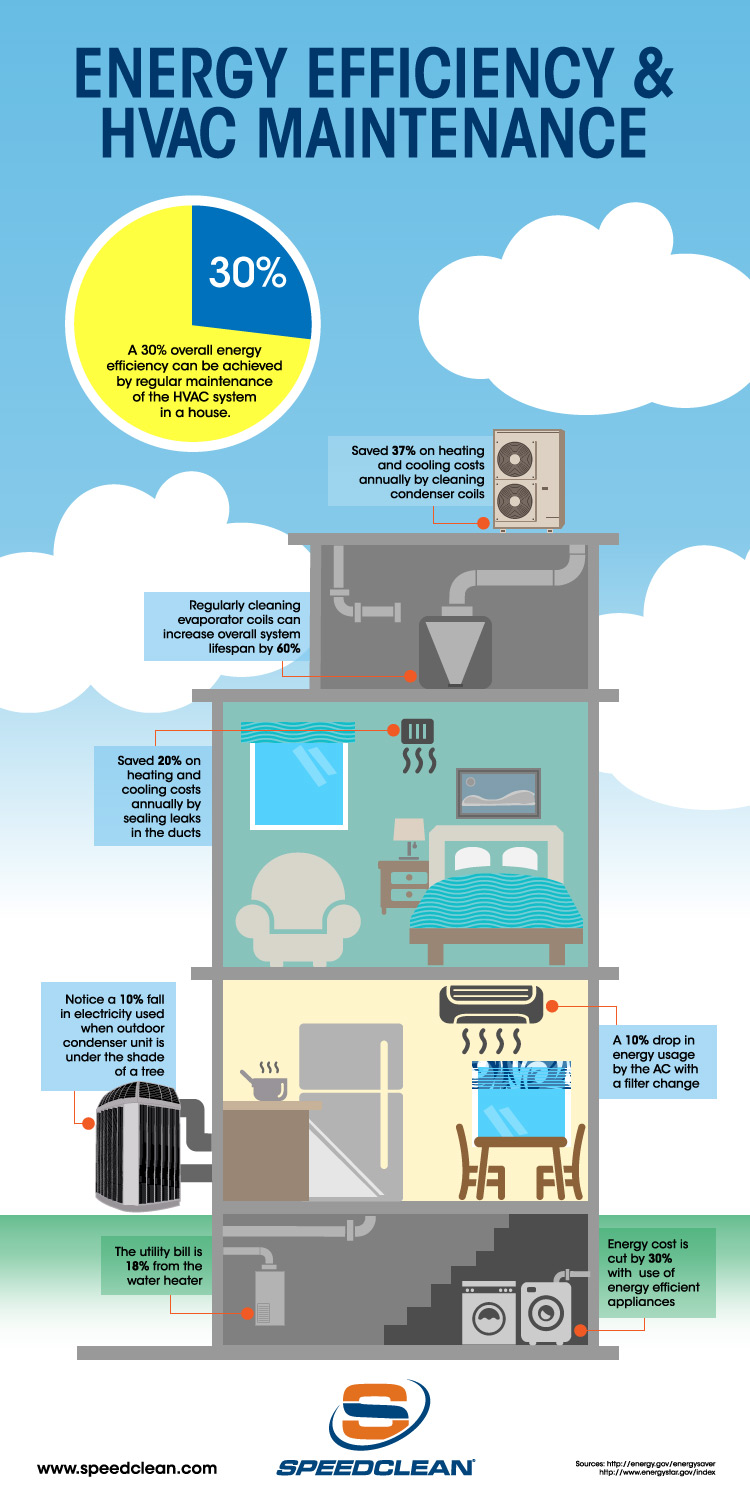The Ultimate Guide To Recognizing Heat Pumps - Just How Do They Function?
The Ultimate Guide To Recognizing Heat Pumps - Just How Do They Function?
Blog Article
Material By-Neergaard Best
The most effective heatpump can save you substantial quantities of money on power costs. They can also help reduce greenhouse gas discharges, specifically if you utilize power in place of fossil fuels like gas and heating oil or electric-resistance furnaces.
Heat pumps work quite the same as ac unit do. This makes them a viable choice to typical electric home heating systems.
How They Work
Heatpump cool down homes in the summertime and, with a little help from electrical power or gas, they give a few of your home's home heating in the winter months. They're an excellent choice for individuals who want to reduce their use of fossil fuels yet aren't all set to change their existing heating system and air conditioning system.
They rely on the physical truth that even in air that seems also cold, there's still power existing: warm air is constantly moving, and it intends to move right into cooler, lower-pressure environments like your home.
Many ENERGY celebrity accredited heat pumps run at near their heating or cooling capability throughout the majority of the year, reducing on/off cycling and saving power. For the very best performance, focus on systems with a high SEER and HSPF score.
The Compressor
The heart of the heatpump is the compressor, which is also known as an air compressor. This mechanical flowing device uses possible energy from power production to increase the stress of a gas by decreasing its volume. https://www.bhg.com/home-improvement/advice/maintenance-repair/gutter-cleaning-mistakes/ is various from a pump because it only services gases and can not work with liquids, as pumps do.
Climatic air gets in the compressor with an inlet shutoff. It travels around vane-mounted arms with self-adjusting length that split the inside of the compressor, creating multiple dental caries of differing size. The blades's spin forces these dental caries to move in and out of phase with each other, pressing the air.
The compressor reels in the low-temperature, high-pressure cooling agent vapor from the evaporator and compresses it into the warm, pressurized state of a gas. This process is duplicated as needed to provide home heating or air conditioning as required. The compressor also has a desuperheater coil that reuses the waste warm and adds superheat to the cooling agent, transforming it from its fluid to vapor state.
The Evaporator
The evaporator in heat pumps does the same thing as it carries out in fridges and air conditioning unit, changing fluid cooling agent into a gaseous vapor that gets rid of heat from the area. Heatpump systems would not work without this important piece of equipment.
This part of the system is located inside your home or building in an interior air trainer, which can be either a ducted or ductless device. It includes an evaporator coil and the compressor that presses the low-pressure vapor from the evaporator to high pressure gas.
Heatpump absorb ambient warm from the air, and after that utilize electrical energy to move that heat to a home or business in heating setting. That makes them a whole lot much more energy reliable than electric heating systems or heaters, and due to the fact that they're using clean power from the grid (and not melting fuel), they also produce far less exhausts. That's why heatpump are such wonderful environmental selections. (In addition to a big reason they're coming to be so popular.).
The Thermostat.
Heat pumps are wonderful options for homes in cold environments, and you can utilize them in combination with typical duct-based systems and even go ductless. They're a great alternate to nonrenewable fuel source furnace or conventional electric heaters, and they're more sustainable than oil, gas or nuclear HVAC equipment.
Your thermostat is the most important component of your heat pump system, and it functions very in different ways than a conventional thermostat. All mechanical thermostats (all non-electronic ones) job by utilizing materials that transform size with increasing temperature level, like coiled bimetallic strips or the broadening wax in an automobile radiator valve.
These strips include 2 various sorts of steel, and they're bolted with each other to form a bridge that finishes an electrical circuit linked to your HVAC system. As visit the up coming webpage obtains warmer, one side of the bridge increases faster than the other, which creates it to flex and indicate that the heater is required. When the heatpump remains in home heating setting, the turning around valve reverses the flow of cooling agent, to ensure that the outdoors coil currently operates as an evaporator and the interior cyndrical tube ends up being a condenser.